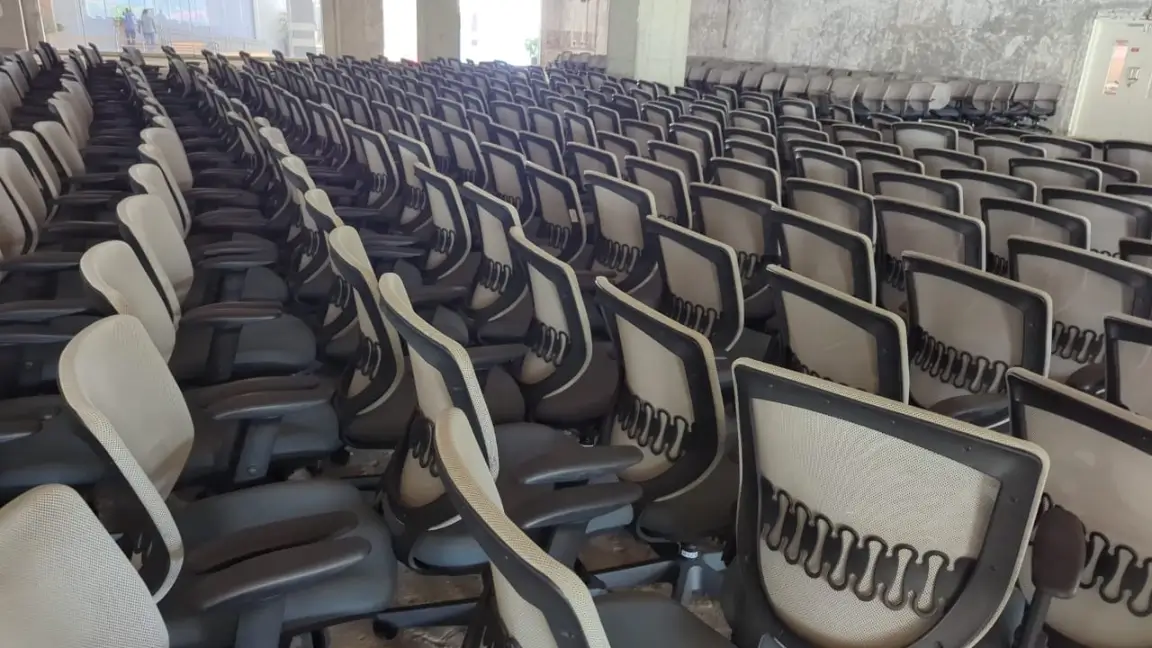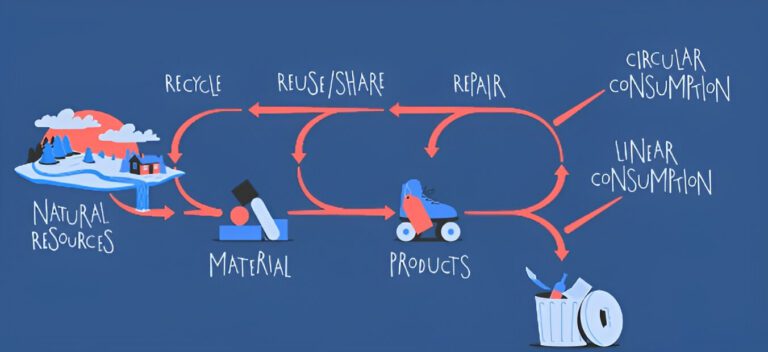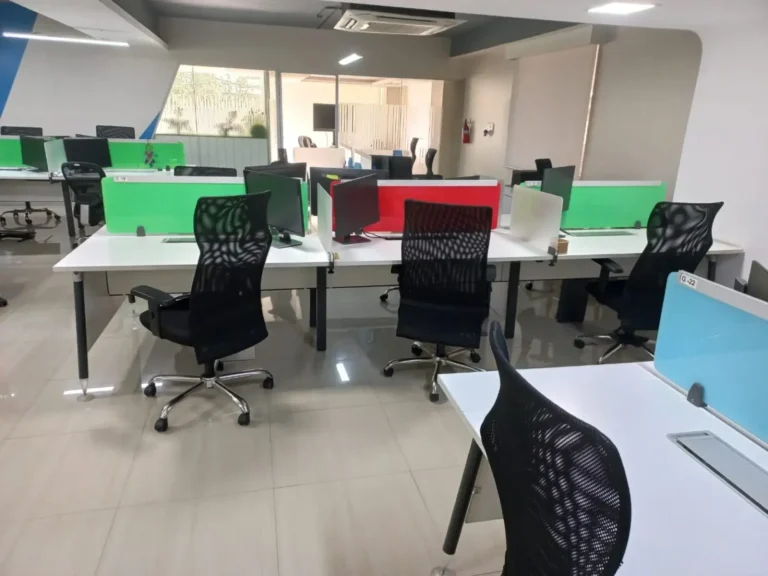As climate change continues to be a major concern for our planet, it’s important that we consider all the ways in which we can reduce our carbon footprint and minimize the use of natural resources. One way that we can do this is by embracing the circular economy, which involves reusing and recycling products to minimize waste and reduce environmental impact. In the furniture industry, this means encouraging the use of used furniture and promoting circularity in the design and production process. In this article, we will explore how used furniture and circularity can save a lot of natural resources and prevent CO2 emissions.
First, let’s consider the environmental impact of the furniture industry. The production of new furniture requires a significant amount of natural resources, including wood, metal, and plastic, as well as energy to power the manufacturing process. According to the World Wildlife Fund, the furniture industry is responsible for around 0.5% of global greenhouse gas emissions. This may not seem like a significant amount, but it adds up when you consider the amount of furniture that is produced and disposed of each year.
This is where the circular economy comes in. By reusing and recycling furniture, we can reduce the demand for new products and save natural resources. When furniture is reused, it doesn’t need to be manufactured from scratch, which saves energy and reduces emissions. Additionally, reusing furniture prevents it from ending up in landfills, where it can release harmful greenhouse gases as it decomposes.
There are a few different ways that we can encourage the use of used furniture and promote circularity in the furniture industry. One way is through initiatives that support furniture donation and resale. Additionally, online marketplaces like toqri.com provide a platform for people to sell their used furniture.
Another way to promote circularity in the furniture industry is through the design and production process. By using materials that are easily recyclable and designing products that can be disassembled and repurposed, furniture manufacturers can make it easier to reuse and recycle their products. Some companies are already doing this – for example, IKEA has a take-back program that allows customers to return their used furniture to the store, where it can be resold or recycled.
In addition to the environmental benefits, embracing circularity and using used furniture can also be economically beneficial. Reselling used furniture can generate income for individuals and organizations, while buying used furniture can save consumers money compared to buying new products. Additionally, designing products with circularity in mind can reduce manufacturing costs by using fewer resources and simplifying the production process.
In conclusion, the furniture industry has a significant impact on the environment, but by embracing the circular economy and promoting the use of used furniture, we can reduce our carbon footprint and save natural resources. Initiatives that support furniture donation and resale, as well as designing products with circularity in mind, can help us move towards a more sustainable future. As consumers, we can play a role in this by choosing to buy used furniture and supporting companies that prioritize circularity in their design and production processes. By working together, we can make a positive impact on the planet and create a more sustainable future for ourselves and future generations.






